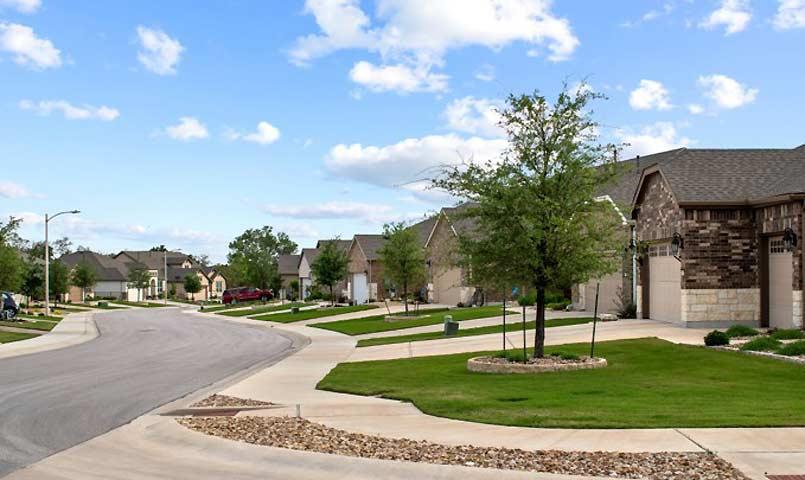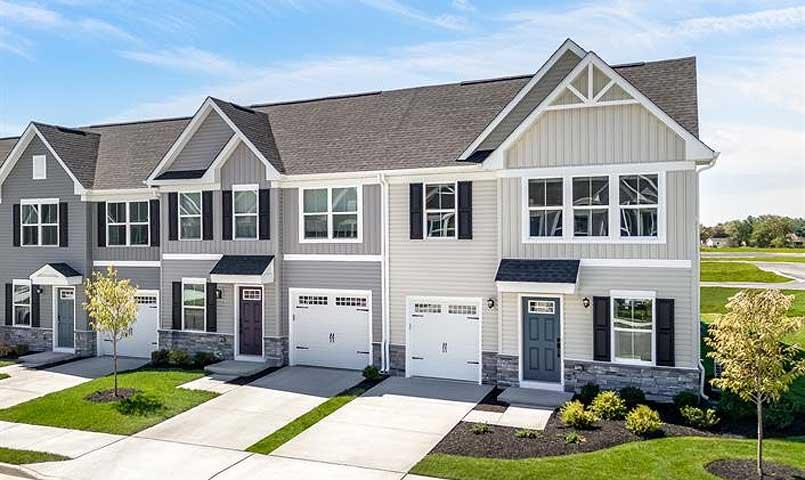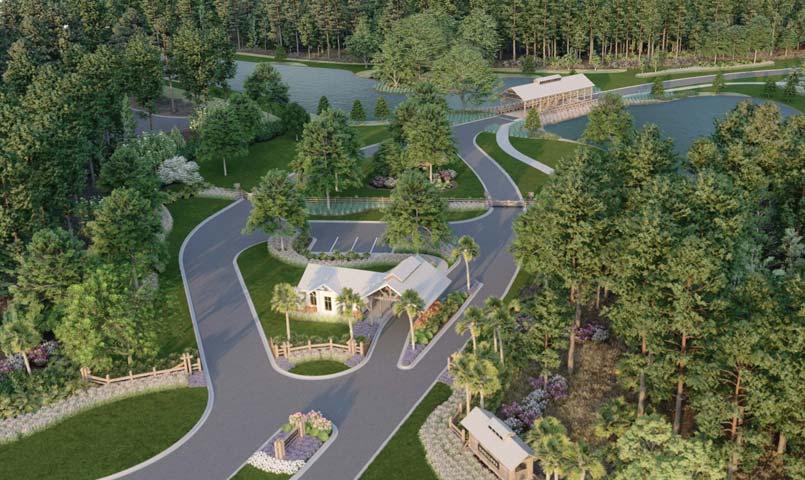by Robert Borges on September 19, 2024
4-minute read
Whether you're looking forward to a completely work-free retirement or have simply grown tired of the endless upkeep that comes with homeownership, you're not alone. Many people cherish the idea of a peaceful lifestyle without sacrificing the comfort and security of owning their own home. Thankfully, with the rise of low-maintenance and maintenance-free communities, homeownership no longer has to feel like a full-time job. But what exactly is the difference between “low-maintenance” and “maintenance-free” communities?
Both are designed to take the hassle out of home maintenance, offering more time to focus on the things you enjoy. But while either option promises convenience and more leisure time, there are important differences between low-maintenance and maintenance-free living that can greatly influence your decision. Understanding these distinctions will help you choose the right fit for your needs, ensuring a seamless transition to the carefree lifestyle you’ve been dreaming of.
In this article, we’ll explore those differences and help guide you toward the best option for your next chapter.
Low-Maintenance Communities

Living in a low-maintenance community means saying goodbye to outdoor chores like mowing the lawn, raking leaves, trimming hedges, and shoveling snow. The community association handles most of the yard work and seasonal tasks, freeing you from the hassle of exterior upkeep. Whether it's lawn care in the summer or snow removal in the winter, low-maintenance communities give homeowners more time to relax.
Keep in mind, though, that while the community takes care of most exterior maintenance, there are still responsibilities that fall on the homeowner. You’ll need to handle repairs and replacements of your home’s exterior, including siding, windows, roofing, and possibly driveways. This means that while you can enjoy a beautifully kept yard without lifting a finger, any significant repairs to your home's structure will still be on your to-do list—and on your budget.
Low-maintenance communities are perfect for those who want to eliminate time-consuming outdoor chores but don’t mind staying responsible for the bigger-ticket repairs. It’s a balance between reducing daily upkeep while maintaining control over your home’s exterior appearance and condition. Retirement communities for single seniors, for example, are often of the low-maintenance variety with single active adults looking for a more laid-back lifestyle but still willing to get their hands dirty with a little upkeep.
Maintenance-Free (No-Maintenance) Communities

For those who want a fully hands-off experience, maintenance-free communities, also known as no-maintenance communities, take things one step further. In these communities, not only is all yard work and outdoor upkeep taken care of, but the exterior of your home is fully maintained as well. Residents of maintenance-free communities can say goodbye to exterior repairs entirely—no more worries about painting, roof repairs, gutter cleaning, window replacements, or fence mending.
This comprehensive level of upkeep means you can truly enjoy a carefree lifestyle, knowing your home’s exterior and yard will always be in pristine condition. The convenience and peace of mind that come with living in a maintenance-free community can be a huge draw, especially for those who want to avoid major responsibilities in retirement or busy stages of life, as well as those finding ideal snowbird communities.
Cost Considerations: Low-Maintenance vs. Maintenance-Free Communities
While both low-maintenance and maintenance-free living can significantly reduce your workload, the level of care provided does come at different costs. Maintenance-free communities tend to have higher HOA (Homeowners Association) fees due to the full-service upkeep provided. These fees cover not just yard maintenance but also exterior repairs and updates, meaning you won’t have to worry about costly repairs down the line.
Low-maintenance communities, on the other hand, typically have lower HOA fees since the responsibility for structural repairs still falls on the homeowner. While you might save money upfront with lower fees, keep in mind that larger expenses, like roof replacements or window repairs, can add up over time. Depending on the age and condition of your home, the long-term cost of living in a low-maintenance community could increase as repairs become necessary.
Which Is Right for You?
Deciding between a low-maintenance and a maintenance-free community depends on your priorities. If you’re looking for a balance between affordability and reduced responsibility, a low-maintenance community might be the better option. You can still enjoy a beautiful, well-kept yard and less outdoor work without the higher cost of full maintenance.
On the other hand, if you prefer to have everything—from landscaping to roof repairs—handled for you, a maintenance-free community offers a truly hands-off experience. While the HOA fees will be higher, the peace of mind and time savings could be worth the investment, especially if you want to focus entirely on relaxation or hobbies without worrying about home repairs.
PCR Features a Variety of Low- and No-Maintenance Communities

In the end, it comes down to your budget, lifestyle preference, and the kind of chores and upkeep you enjoy (or at least are still willing to tolerate). As with all communities, you’ll find different variations and offerings when it comes to amenities and services offered in both low-maintenance and maintenance-free communities. These retirement communities in Virginia offer a variety of options, as do hundreds of other low- and no-maintenance communities throughout the country.
When you’re ready to explore your options and make your move, head over to PCR to start your search.
